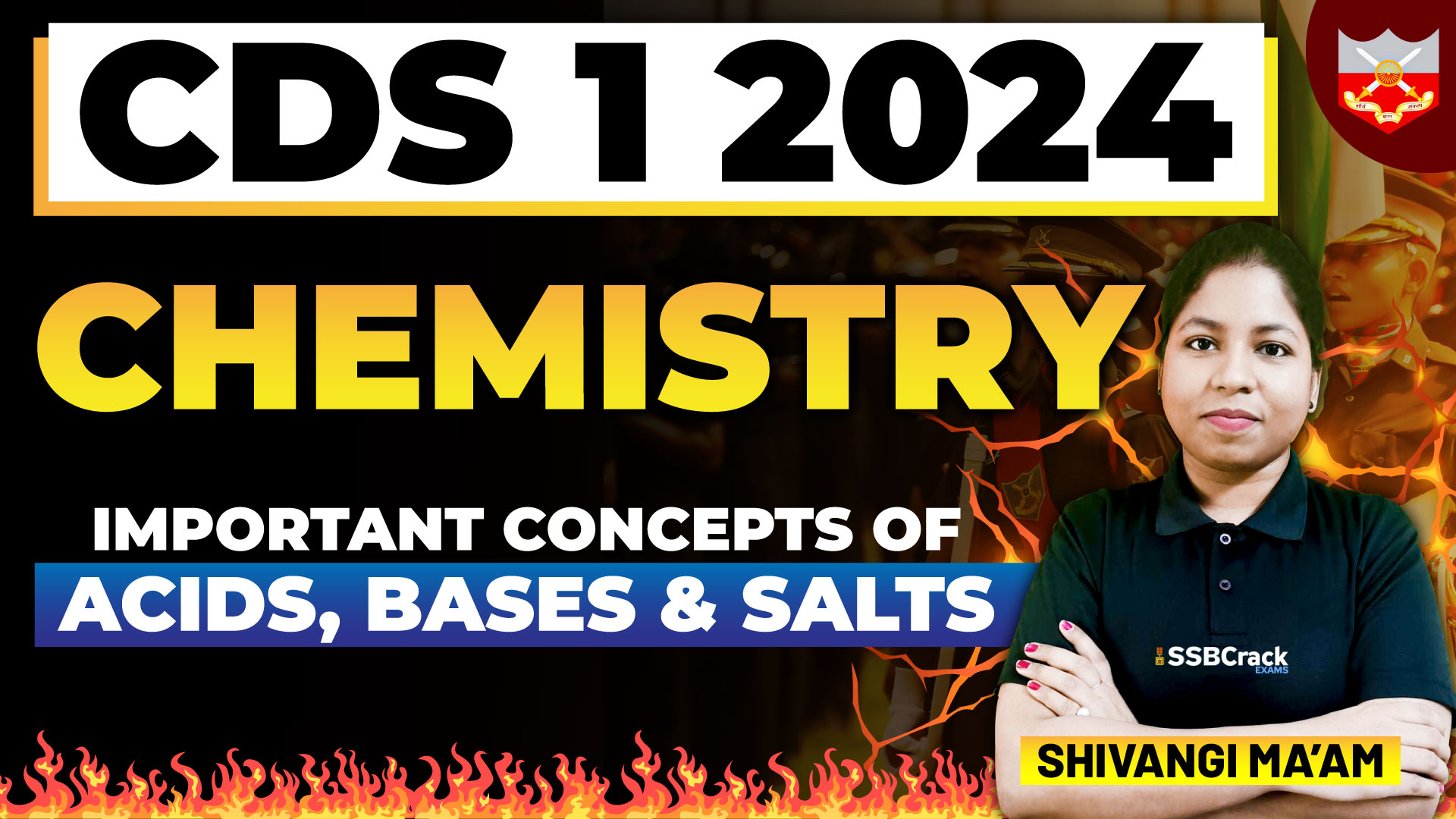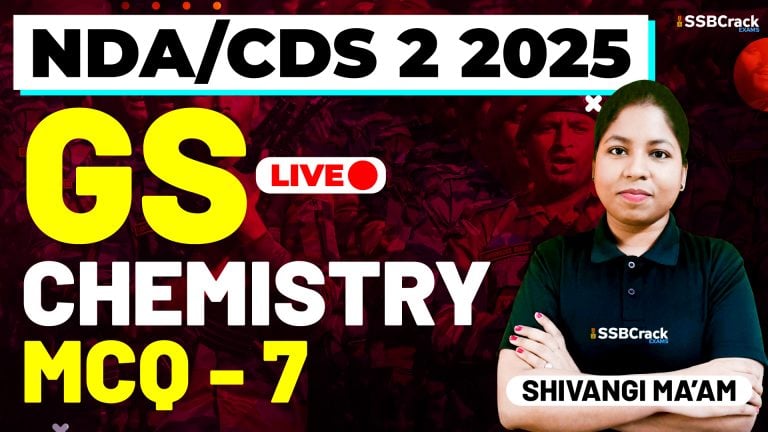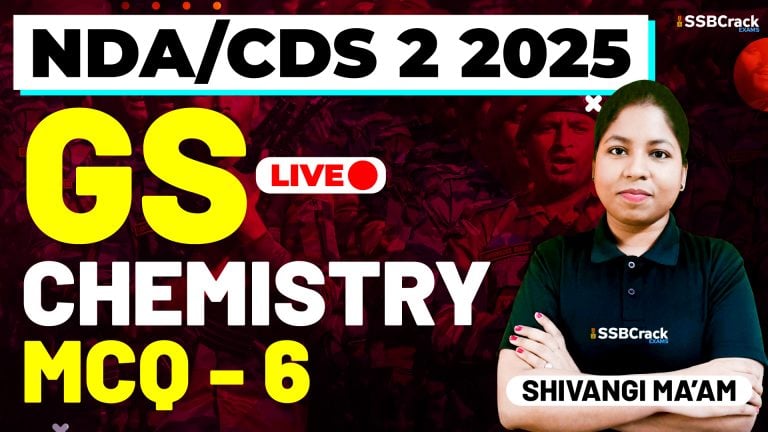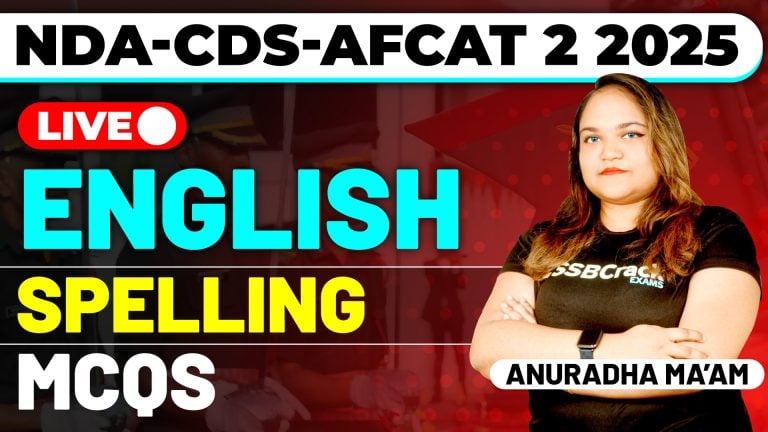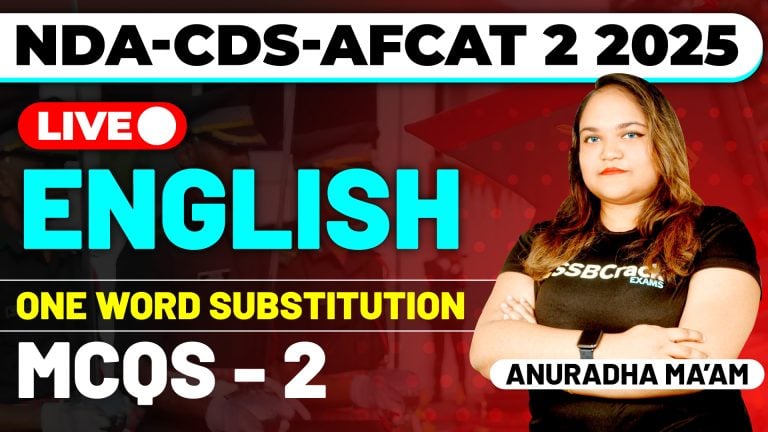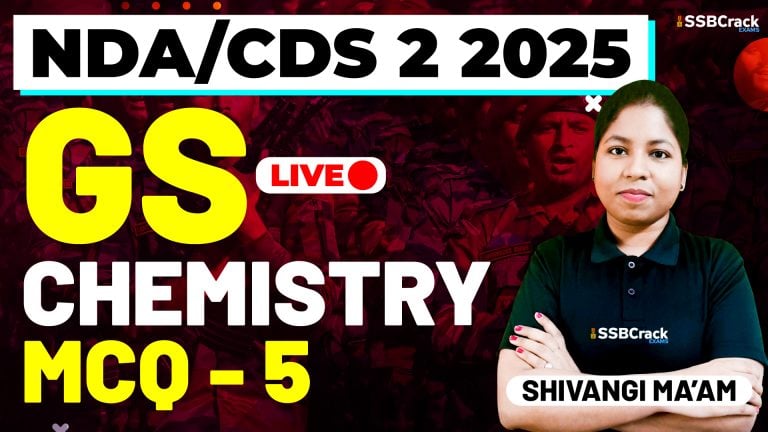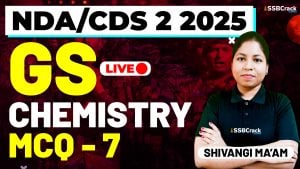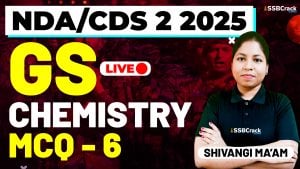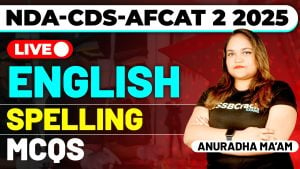In the ever-evolving landscape of competitive exams like the Combined Defence Services (CDS), a solid understanding of core scientific concepts is indispensable. Among these, the principles of acids, bases, and salts stand as pillars in chemistry. Aspiring candidates for the CDS 1 2024 examination must grasp these fundamental concepts thoroughly. This article aims to elucidate the important aspects of acids, bases, and salts that are likely to feature in the chemistry section of the upcoming exam.
Acids: Acids are substances that donate protons or accept electron pairs in chemical reactions. Some key points to remember about acids are:
- Definitions: Acids can be defined by various theories, including the Arrhenius theory, which defines acids as substances that increase the concentration of hydrogen ions (H+) in aqueous solutions. The Brønsted-Lowry theory defines acids as proton donors, while the Lewis theory defines them as electron-pair acceptors.
- Properties: Acids typically have a sour taste, turn blue litmus paper red, and react with metals to produce hydrogen gas. Strong acids, such as hydrochloric acid (HCl) and sulfuric acid (H2SO4), completely dissociate in water, while weak acids, like acetic acid (CH3COOH), only partially dissociate.
- Examples: Common examples of acids include hydrochloric acid (HCl), sulfuric acid (H2SO4), nitric acid (3HNO3), and acetic acid (CH3COOH).
Bases: Bases, on the other hand, are substances that can accept protons or donate electron pairs in chemical reactions. Here are some essential points regarding bases:
- Definitions: Similar to acids, bases can be defined by multiple theories. According to the Arrhenius theory, bases increase the concentration of hydroxide ions (−OH−) in aqueous solutions. The Brønsted-Lowry theory defines bases as proton acceptors, while the Lewis theory defines them as electron-pair donors.
- Properties: Bases typically have a bitter taste and feel slippery to the touch. They turn red litmus paper blue and are capable of neutralizing acids. Strong bases, like sodium hydroxide (NaOH) and potassium hydroxide (KOH), completely dissociate in water, while weak bases, such as ammonia (3NH3), only partially dissociate.
- Examples: Common examples of bases include sodium hydroxide (NaOH), potassium hydroxide (KOH), calcium hydroxide (2Ca(OH)2), and ammonia (3NH3).
Salts: Salts are ionic compounds composed of positively charged ions (cations) and negatively charged ions (anions). They are formed through the neutralization reaction between an acid and a base. Key points about salts include:
- Formation: Salts are formed when the hydrogen ions from an acid are replaced by metal ions or ammonium ions. For example, the reaction between hydrochloric acid (HCl) and sodium hydroxide (NaOH) forms sodium chloride (NaCl) and water (H2O).
- Properties: Salts can be acidic, basic, or neutral depending on the strength of the acid and base from which they are formed. For instance, sodium chloride (NaCl) is a neutral salt, while ammonium chloride (NH4Cl) is acidic due to the presence of the ammonium ion (4+NH4+).
- Uses: Salts have various practical applications, including as food preservatives (e.g., sodium chloride), fertilizers (e.g., ammonium nitrate), and in the pharmaceutical industry (e.g., magnesium sulfate).
Conclusion: Acquiring a thorough understanding of acids, bases, and salts is crucial for success in the chemistry section of the CDS 1 2024 examination. By mastering these fundamental concepts, aspirants can approach questions with confidence and precision. Remembering the key definitions, properties, examples, and applications outlined in this article will undoubtedly aid in tackling related questions effectively.


